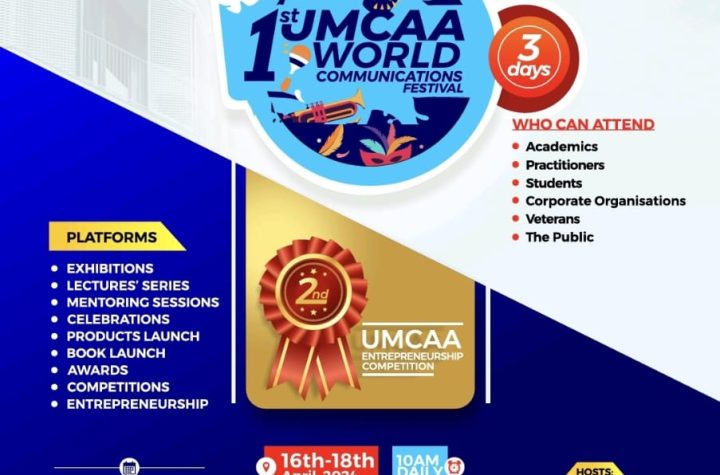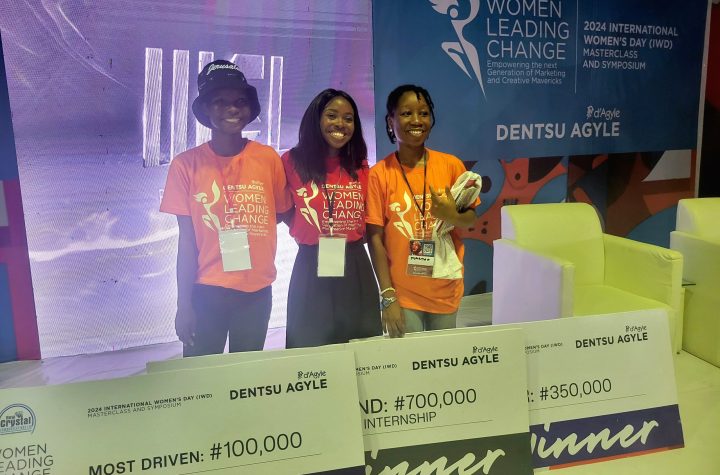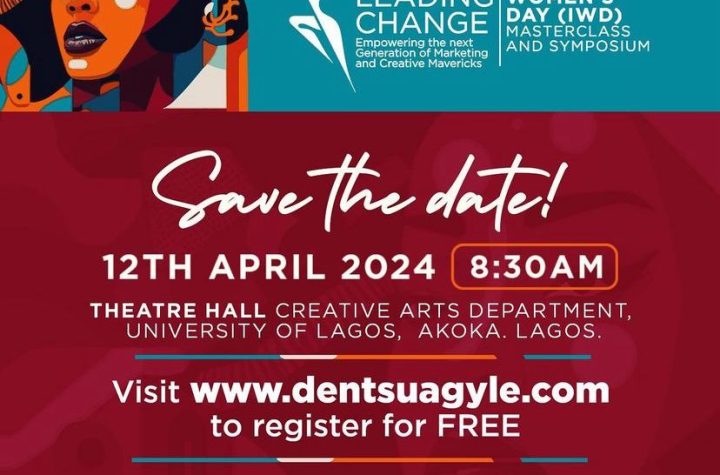
By: Chijoke Victor
3. Testing— Exams and tests are not only for the exam hall
Testing yourself by asking yourself questions is not something to be done only in the exam hall. Neither is it something that should be done only after studying. Studying while testing yourself helps you keep track of what’s important.
Benedict Carey, drawing on research from extensive interviews with cognitive psychologists, has some advice for you concerning testing.
According to him, the best approach to testing is to;
- do pretest. This refers to taking a quiz before reading or sitting for a lecture on the piece of information (if it is possible).
- approach note-taking with an evaluative mindset.
When you approach note-taking with an evaluative mindset, you don’t write everything the lecturer is saying, you write out concepts.
As a student, there’s a lot to learn. There are lectures, and reading materials coupled with other non-academic stuff that needs to be learnt, skills included.
The idea that one hasn’t learnt a skill (or can’t perform excellently at a skill) if one doesn’t practice, and practice deliberately also applies to the theoretical majority of your academic work: if you are not testing yourself, you are not learning optimally.
Testing can involve answering past or practice questions, setting questions for yourself from the reading material and trying to recall it, or answering questions posed by coursemates in a revision study group.
Testing acts as a check, so you don’t ‘think you know’ until you find out that you don’t know in the exam hall.
Cal Newport, author of How To Be A Straight-A Student advises that you should take your notes in the following ways:
• For non-technical courses, capture the big ideas by taking notes in the
question/evidence/conclusion format.
• For technical courses, record as many sample problems and answers as
possible.*
It is only when you are not preparing yourself to be just another photocopying machine, that you can listen to know what makes sense to you and what doesn’t. Then you can know the right questions to ask. Then you can try figuring out how to go about getting further clarifications if you still haven’t understood.
Remember, all this can only happen when you listen for concepts rather than with the intent of writing down every word that you can hear.
- Test yourself after you’ve read the material. Recall the information. As you’ve always heard, it remains true, actually, try to teach the information. Information acquires more storage strength and retrieval strength when it’s taught to others. Teaching helps learned information make more connections to other information stored in your memory.
4. Distraction can be a learning tool
We’ve all learnt that we have to ‘concentrate’: pick a time and a place, sit down and focus. Focus hard. Look hard at the textbook or handout or note or screen, whatever it is.
Some students are like: “I am reading for four hours straight today. I’m just going to sit down there and read till the time passes.”
Well, that’s what they do. They sit down till four hours of unbroken staring-at-the-book passes. They might have read, but might not have learnt much.
You see, the brain was not made to sit in one place for long stretches of time engaged in ‘reading’. We evolved from foragers — our ancestors learned as they moved around in the jungles of prehistoric Earth. They learned bit by bit. Their lives depended on being quick enough to notice changes in their environments(changes like an approaching pride of lions); what I would call “distractions” if I was sitting and trying hard to read for four hours straight!
The above is just one of the many reasons why long day or night study sessions don’t work. So if you’re thinking that you can get away with long periods of so-called concentration, know that the optimum ‘concentration-time’ ranges from 30 to 50 minutes for most people.
The kind of distraction talked about is of different kinds, but here is what it is not: studying in a noisy, overstimulated environment. No one wants that. It doesn’t work for *some* people. In fact, it hardly works at all. The only kind of noise that should be in your study environment should be background music that can usher you into focus mode.
Most of the time, we study in environments that only permit us to be what Cal Newport calls “focused from distraction”. We don’t want to be here, we want to be in environments that allow us to be “distracted from focus” if and when we need it.
The following can help you get the most out of your environment and use distraction to your advantage:
– Vary study spots
The truth is, studying consistently in the same place and time can jumble up memories of newer learning with previous ones. This is especially true if you have crammed and are trying to recall.
This has happened to not just me, but to many others in the past. It took reading some books to realize that I had to break my good habits (which, from the argument** presented in this book were bad). Cal Newport advocates that students have a number of study spaces. For him, some should be ‘secret’ spaces where one can be alone in mind and body, and others should be regular study spots that the majority of students frequent.
In the final part of this piece, I’ll
- highlight more ways to use the right kind of distraction to your advantage.
- give tips on how to use the enemy of the restless student —sleep — to your advantage.
–– To be continued…





More Stories
The Effect Of Fuel Subsidy Removal On UNILAG Lecturers
MCSAites, Others Emerge Winners at Dentsu Agyle Business Pitch
Librarian Decries Lack of Inclusion for Visually Impaired